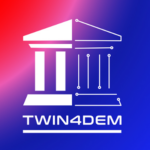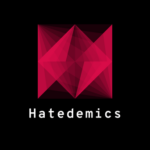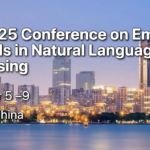Three contributions have been accepted at AIUCD 2019, the 8th conference of Associazione per lInformatica Umanistica e la Cultura Digitale that will be held in Udine from 23rd to 25th January 2019.
- SHORT PAPER: “Mapping the Persecution of Trentino People Deported to the 3rd Reich Camps”, by Rachele Sprugnoli, Alessio Palmero Aprosio, Giovanni Moretti and Sara Tonelli
Abstract: In this proposal we describe the results of a project aiming at tracing the movements of Trentino people that were deported to the 3rd Reich camps during World War II. More specifically, we performed the semantic annotation, georeferencing and visualization of data collected by expert historians. This work wants to shed light on the stories of people, civilians but also military internees, that were forcibly moved to labour, detention or extermination camps and, in this way, preserving and passing on their memory through the use of digital tools.
- POSTER: “Discovering Research Themes in Scientific Research: from Keyphrase Extraction to Co-occurrence Networks”, by Rachele Sprugnoli and Giovanni Moretti
Abstract: In this contribution we propose a method for creating co-word networks starting from keyphrases automatically extracted from the full text of scientific papers. This approach aims to overcome the limitations of the methodologies traditionally used in bibliometrics with the final goal of identifying the themes considered crucial in a research field and analyzing and visualizing its intellectual structure. In this proposal, we present the workflow and we provide a case study using the abstracts of AIUCD 2015 and AIUCD 2018 conferences.
- TUTORIAL: “Visualizing the Italian Literary Canon through Distant Reading”, by Tiziana Mancinelli, Simone Rebora and Rachele Sprugnoli
Abstract: The tutorial will provide an overview of the major methods and tools for the computational analysis of literary texts. The main goal of the tutorial will be that of providing participants with the theoretical and practical knowledge that is necessary for accomplishing a distant reading of texts. In particular, participants will be guided through the steps that connect analysis with visualization, i.e. the automated transformation of plain text into annotated, structured, and statistical data, that can be interpreted through visualizations. There will be a specific focus on stylometry, semantic annotation, and network analysis. All analyses will be run on the Liber Liber corpus of Italian literature, showing how these techniques can be adopted for both didactic and research purposes, e.g. by showing the stylistic similarities between authors and genres in a literary canon, or the direct correlation between a story and the geographical space in which it takes place.

Website:





